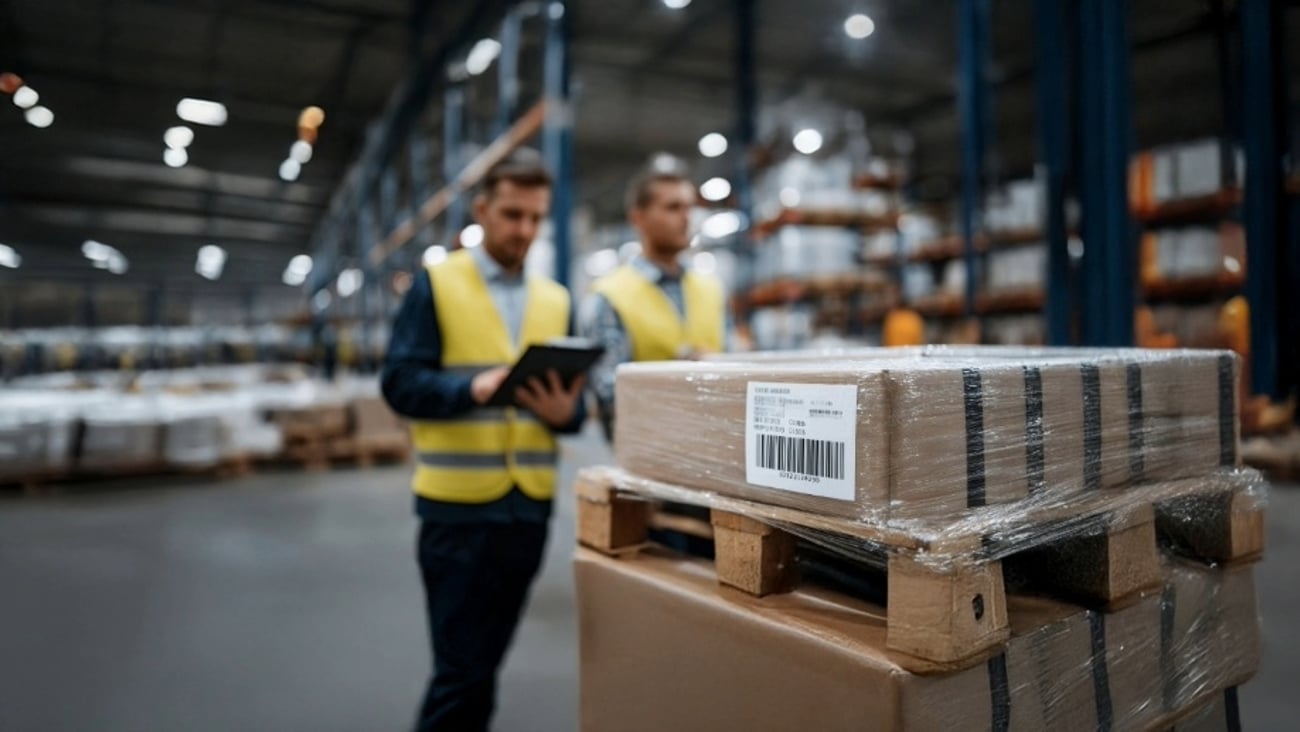Retail Predictions for 2024
Claiming “digitization,” “customer experience,” or “faster supply chains” as retail trends seems rather obvious. If you’re a retailer and you’re not focused on those things every year, you will not be in business long. So rather than trying to convince you that omni-channel is here to stay (it is and we all know it), I’m going to highlight some trends. These are mostly based on emerging technologies that have risen in prominence over the last couple years and are likely to have an outsized impact in 2024. These are also the things I hear retailers discussing.
First, here are some trends that aren’t on the list. The metaverse got its fair share of buzz over the last two years, but we’ve given up on it, at least for now. Looking forward to seeing it make some inroads in the future, but for now we’re fatigued. Blockchain has some cool use cases, but I don’t see many retailers accepting bitcoin—moving on. There are other trends no longer on the list because they’ve graduated to table-stakes, like buy-online-pickup-in-store, personalization, and contactless payments. Congratulations, you guys made it!
If you’re in a hurry, the top 10 trends are in the following figure:
- Generative AI
While not as impactful on retail as barcodes, generative AI has, by far, the most potential to change the industry. Companies like Anthropic, AI21 Labs, and Amazon Web Services (AWS) are providing large language models (LLMs) that help retailers. With them retailers can create more compelling product copy, optimize website images, summarize product reviews, respond to customer inquiries, accelerate marketing content, and recommend products. Heck, generative AI created a whole new engineering discipline—prompt engineering. So, don’t be surprised to see even more innovation around this technology.
Prediction: Every booth at NRF will brag about generative AI prowess.
- MACH
MACH is an acronym that stands for microservices, API-first, cloud-native, and headless. These are design principles that help facilitate a composable approach to commerce. While this term started with ecommerce in Europe, it has expanded to encompass all selling channels and is beginning to be recognized in North America and Asia. Vendors that adhere to these principles are easier to assemble to achieve multi-vendor, best-of-breed solutions with less time spent on integration. One of my favorite case studies is The Very Group in the UK adopting a MACH stack for their ecommerce.
Prediction: MACH vendors will realize standards may simplify integration.
- Retail Media Networks
The third wave of digital advertising, after search and social, retail media networks (RMNs) are already taking 10% of ad spend in the United States. RMNs are platforms that allow retailers to sell ads to third-party brands on their digital properties. These ads then influence shoppers at a time when they are most impacted—while they shop. Amazon started the wave, but there’s no shortage of retailers using this new revenue source to augment their sales.
Prediction: RMNs continue to grow and expand into stores with digital signage.
- Livestreaming & TikTok
Younger generations are much more comfortable with videos, especially on their mobile phones. Combining entertainment with shopping is a great combination to engage them and influence their purchases. Livestreaming is well established in Asia and is finding opportunities in North America and Europe.
Prediction: Livestreaming will be a key channel for a limited number of retailers.
- Sustainability & Re-commerce
As shoppers are more aware of climate change and the importance of sustainability, they are holding retailers to higher standards. Retailers are looking for ways to be more transparent about their supply chains, and to reduce carbon outputs. Additionally, they are offering ways for customers to buy and sell used products.
Prediction: More opportunities for used clothing, shoes, and accessories.
- AI/ML Optimizations
Retailers are already using artificial intelligence/machine learning (AI/ML) for demand forecasting and personalization. They are expanding its usage to other areas such as labor optimization, dynamic pricing, fulfillment decisions, and AI/ML. This key technology (AI/ML) has been overshadowed by generative AI recently, but continues to have an important role with retailers.
Prediction: Training and inference costs come down giving even more access to retailers.
- Computer Vision
The increase in compute power as well as advancements in machine learning have enabled computer vision solutions. For example, Just Walk Out technology has remove checkout friction while providing store analytics about shopper behavior data. Computer vision is even used to identify people using just their palm print, making loyalty and payment faster. Computer vision is simplifying in-store experiences.
Prediction: The combination of computer vision and RMNs elevate ads.
- Immersive Retail
This catch-all term brings 3D experiences to shoppers using augmented reality, virtual reality, and sometimes just a simple browser. Letting shoppers better experience virtual representations of products increases their confidence to purchase, and reduces returns later.
Prediction: More 3D virtual store launches offering an alternative to boring websites.
- Automation
With our current labor shortage, retailers are looking to automate more tasks with solutions like fulfillment robots, modern self-checkout, device management, and more RFID adoption. In-store associates continue to get improved tools for selling, inventory management, and training that allows them to be more efficient.
Prediction: More and better self-checkouts in stores.
- Retail Shrink
During 2023 we were made aware of more organized theft, including large-scale smash-and-grab episodes. Yet, the actual shrink amount has grown only slightly. Nevertheless, it’s a $1 B problem that is getting worse, so retailers are looking for solutions that don’t adversely impact the customer experience.
Prediction: More store closings until cities finally crack down on thefts.
None of these 10 predictions are earth-shattering, but the 10 areas are sure to have impacts on the retail industry, and I look forward to seeing what’s next.







